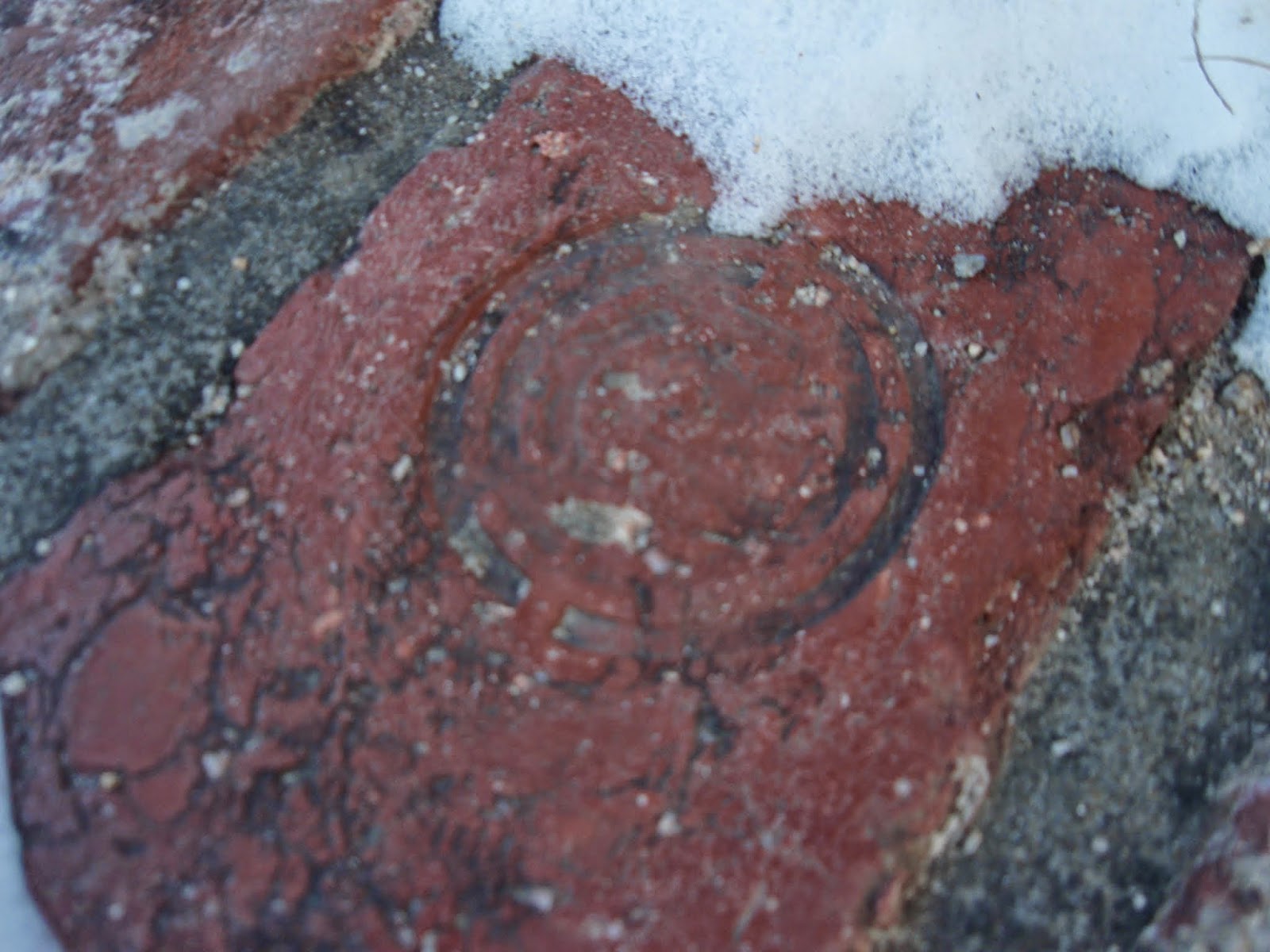Seodaemun Prison has a long, scary past. But then, what prison doesn't? Seodaemun stands out, however, as it became the home of political dissidents during Japanese occupation. After entering the gates, you start your tour at the massive administration building.
The administration building is set up as a museum that tells a generally-chronological story. There is really good English signage here, and the bias against Japan is obvious. The fact that the prison existed before Japan began its occupation, and was used after Japan left, is mentioned, but the (equally) horrible conditions under Korean administration aren't really discussed.
There is a reflection room of sorts, containing pictures of prisoners held here during Japanese rule.
The photos come from these prisoner cards, and of course there are thousands. What distinguishes Japan's use of the prison is what happened in the basement.
Down here are holding cells for those waiting trial.
There are several scenes of torture in the many rooms here, showing techniques used to force confessions. While researching the museum prior to my visit, I've discovered that the exhibits have changed over time, and it looks like the most grisly displays have been removed, leaving behind nearly-empty rooms. Unfortunately, some of the interactive exhibits in this area also seem to be at the end of their useful life and need to be replaced.
Prisoners were placed in a box similar to the one in the left-hand picture and then the box was shook to cause a lot of pain. You can get into a safe version of the box next to it for photos. You can look inside the small holding cells, but you can't go inside.
However, there are three different-sized coffin boxes that you can squeeze into to get an idea of what one of the tortures was like. There are a few other "experiences" in this area too, but again many of the items have been removed or seem to be broken now.
Exiting out the back of the administration building, you can start touring the rest of the prison, starting with the large cell block here.
There is a bit of a display once you enter the cell block building that gives an idea of the processing process.
Finally, you reach the main cell block. You can go inside several of the cells; others have mannequins set up inside.
There are three small solitary cells here; you can go inside one of them.
Near the cell doors are little wooden flags called paetong. The prisoners inside the cell can push the stick out and guards can see that there's a problem in the cell.
I wish the upstairs was open as well; several of the cells downstairs are closed off now for some unknown reason.
Here are a few of the mannequins in the cells. I read that the woman shrieks at you when you walk by, but I've never heard it.
These three holes outside the solitary confinement cells were the bathroom. Perhaps you didn't notice that none of the cells have toilets or even pits. Larger cells that held multiple people would have had buckets, but to further isolate those in solitary, they only did their business through a hole that went outside.
Most prisoners worked; the building in the back was the factory. Seodaemun made a few things, but is most known for its bricks.
There's a second cell block, but that building is closed - again, I wish it was open.
The rice bowl is a memorial for those who died at the prison; the quarantine building for those suffering from leprosy is up next to the wall with the factory building in the back.
Inside this walled area is the execution building. They don't allow photos inside, and there's not really that much to see anyway - a room and a hanging rope, essentially.
Bodies would be removed from the back of the building and taken out of the prison through this tunnel.
The bricks that line some of the paths at Seodaemun are originals carrying the official mark.
The exercise yard has been rebuilt; you can stand in the guard's spot and see how easy it is to watch a dozen prisoners at once.
The open cell block building has two blocks; the second one has several exhibits.
These exhibits focus on specific prisoners, many who survived and went on to lead important lives. There are some artifacts here as well.
On the left, the view from inside a cell. On the right, looking down the cell block.
They recently reconstructed the women's building, and it has many more exhibits inside. This building wasn't open on my first visit, so I returned this year to see the new exhibits.
There is a "secret" basement here that houses more cells; you can see one of these through the floor in one of the ground-level cells.
Each cell focuses on a different concept; there's a mirrored cell at the back with back-lit photos of woman prisoners.
The lit cell in the basement of the administration building has a prisoner.
Here is the off-limits cell block and the execution building with the poplar in spring.
It's not as good as Abashiri, but Seodaemun is a very well-done museum for those interested in dark tourism or history. Doors open at 9:30, closing at 18:00 (17:00 November-February). They're closed on Mondays and a few holidays. Admission is 3000 won ($3). Access is very easy; take Subway Line 3 to Dongnimmun Station and go out Exit 5 - the prison is right there. You'll need to go up the hill to get to the front gate seen in my first picture.
















































No comments:
Post a Comment